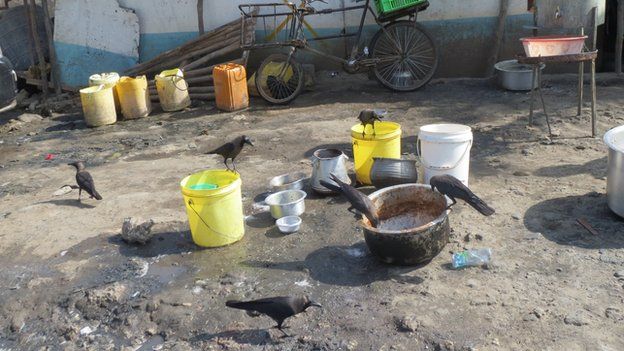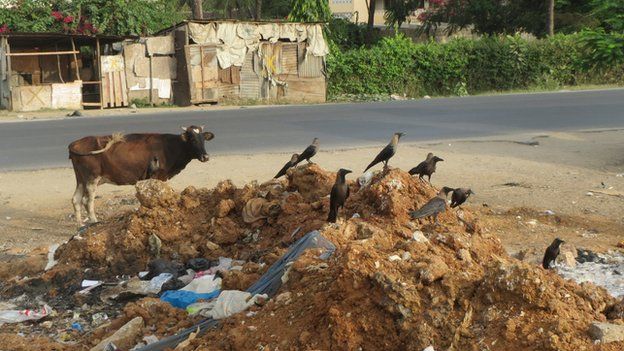
Kenya’s commercial city of Mombasa is under siege from resilient, ruthless, and intelligent birds which are known as the Indian House Crows which experts in Tanzania said that in the absence of effective eradication programs, the rest of East Africa could soon be as well invaded a fact that is truly coming to life.
Experts say the crows are intelligent and can remember what traps look like and even the people who set them.

The Indian house crow, described by scientists as an invasive pest, is living up to expectations in the Kenyan coastal city of Mombasa, grabbing food off tourists’ plates and bullying other bird species out of town.

The crows are not indigenous to East Africa but there are lots of them in Mombasa. When you look at the skies here, you will rarely see any other bird apart from the black and grey house crows.
As their full name suggests, their original home is India, but they often migrate, sometimes by stowing away on ships.

In East Africa though, researchers say they were introduced intentionally around 1890 in order to control rubbish.
Between 1999 and 2005, A Rocha Kenya, a conservation and research organisation, used an avian poison called Starlicide to eliminate crows in Malindi, another town on the Kenyan coast.
Their records show they managed to reduce crows from hundreds to fewer than 50.

But the Kenya government later banned the importation of Starlicide and today the crows are back in Malindi in their thousands.
Conservationists argue that the best way to cut the crow population is to reduce the birds’ access to food, first by trying to remove the rubbish, which provides their main food source.
They work in teams to attack whole flocks of other birds, kill their chicks, and eat their eggs. Damage to poultry farms and crops is similarly systematic.
As human populations grow and accumulate more waste, the colonizing potential of house crows increases, especially in the absence of natural predators.
Mombasa’s government has allocated 30 million Kenyan shillings—around $300 000—to reducing the urban crow population over the next five years.